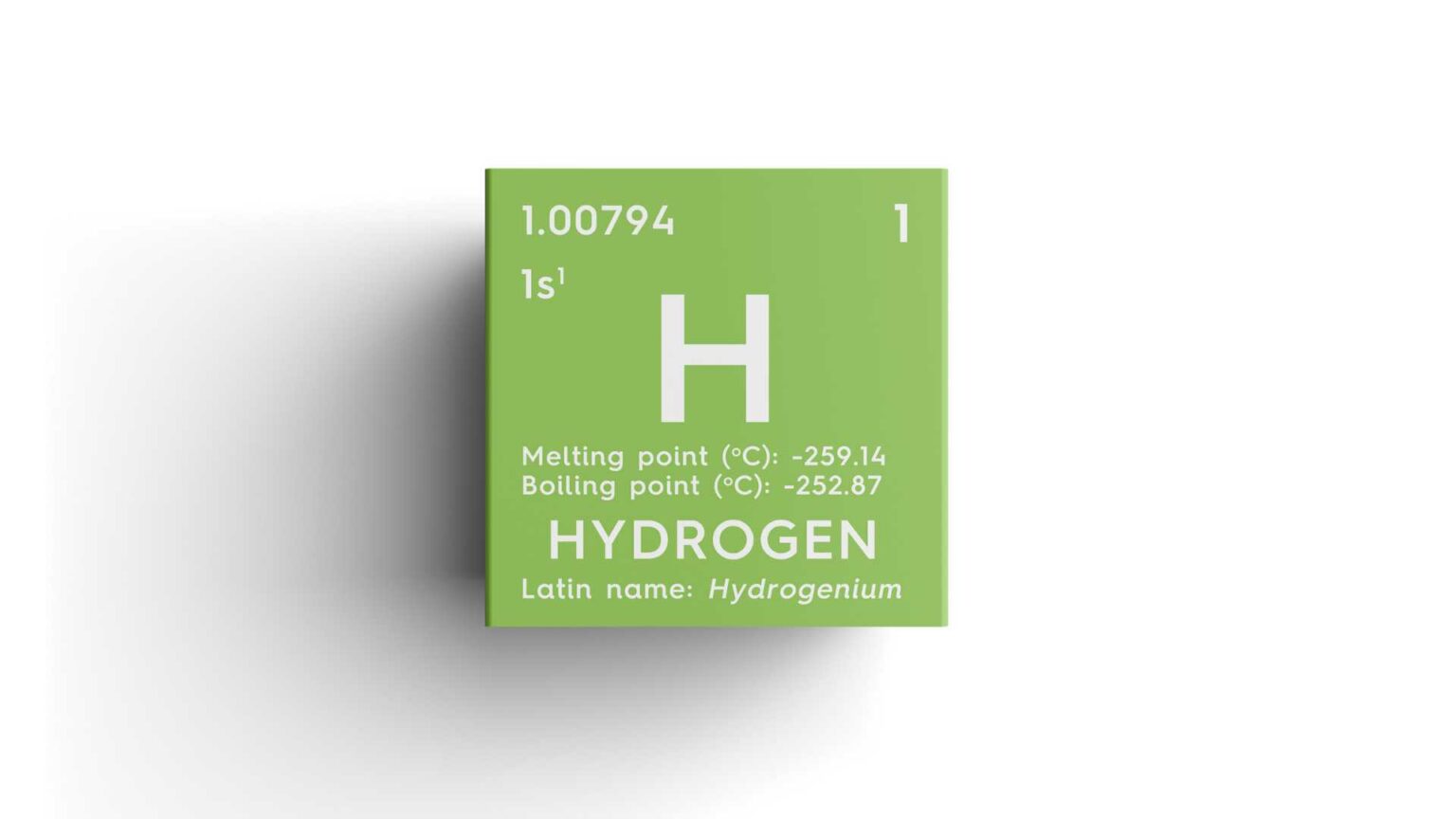Germany and Algeria are delving into a groundbreaking initiative aimed at tapping into North Africa’s abundant renewable energy resources.
The talks, which began recently, focus on the conversion and expansion of existing natural gas pipelines that will transport green hydrogen from North Africa to southern Germany.
This ambitious endeavor marks a significant step in Germany’s pursuit of green energy solutions and its goal to become Europe’s largest hydrogen importer. With the European Union advocating for the use of green hydrogen in key industries to reduce carbon emissions, this initiative signifies a game-changing shift toward sustainable energy sources.
Germany’s discussions with Algeria center on the conversion and expansion of natural gas pipelines that currently traverse Tunisia, Italy, and Austria. Once transformed, these pipelines will become conduits for green hydrogen, a clean and renewable energy source. While the timeline for this massive project has not been disclosed, the magnitude of its potential impact cannot be overstated.
German authorities have been actively working on establishing a draft hydrogen network within the country. With Germany aiming to import up to 70% of its hydrogen from abroad by the end of the decade, this ambitious infrastructure development will play a pivotal role in ensuring a steady supply of green hydrogen.
Germany is not the only European nation eyeing North Africa’s renewable energy potential. Spanish grid operator Enagás has expressed its readiness to harness hydrogen volumes from North Africa in the 2030s. This strategic move aligns with Europe’s commitment to green hydrogen as a means to decarbonize various industries, including refining and fertilizers.
Green hydrogen is a central focus of the European Union’s efforts to transition to cleaner energy sources. However, the global green hydrogen market remains relatively small compared to its gray counterpart, which is produced using fossil fuels and is currently more cost-effective. Despite this, green hydrogen is gaining traction, driven by environmental concerns and the need to reduce carbon emissions.
The pipeline network that will facilitate the transport of green hydrogen from North Africa will connect to the industrial area near the Strait of Gibraltar during the initiative’s second phase, which extends until 2040. The infrastructure has been designed with spare capacity to accommodate additional volumes of green hydrogen. If there is early demand for this clean energy source, the expansion could occur before the expected timeline.
This initiative is not only a significant step for Germany but a promising milestone for Europe’s green energy transition. As the world seeks sustainable alternatives to conventional energy sources, green hydrogen’s potential to revolutionize industries and mitigate environmental damage becomes increasingly evident.





